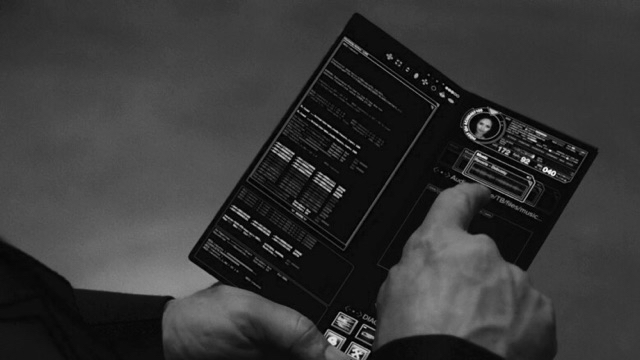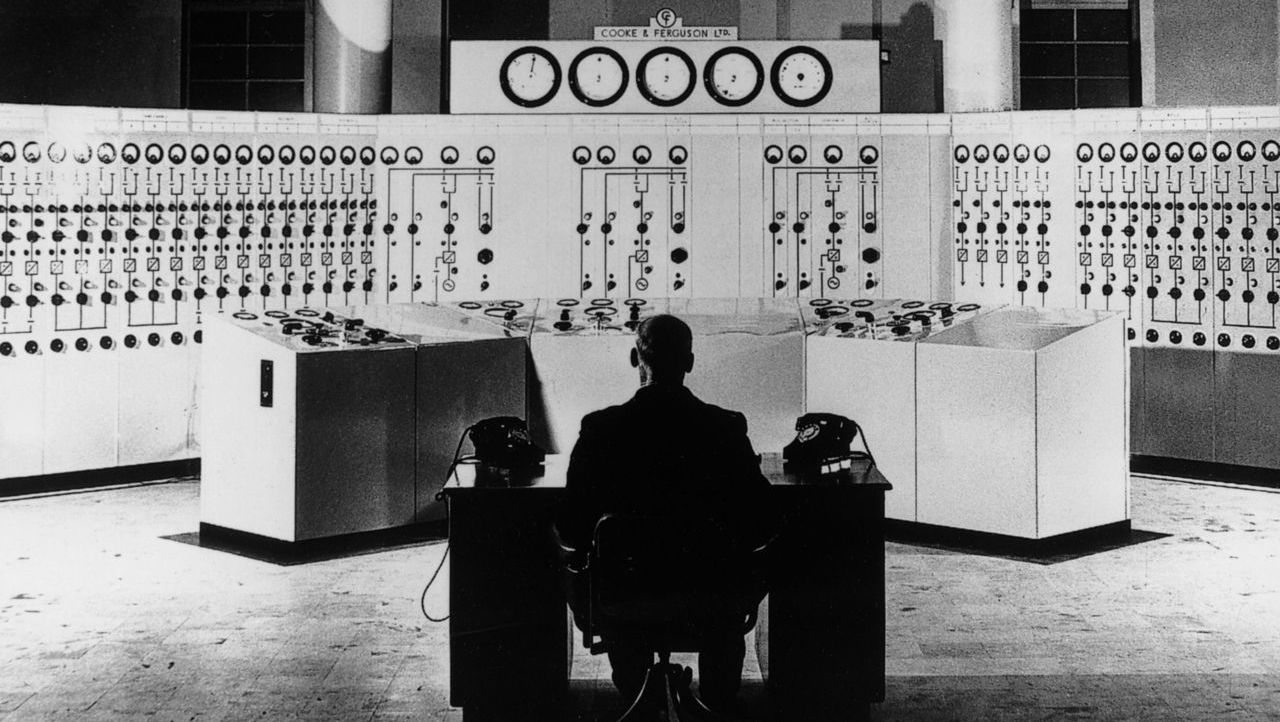Video storytelling is getting repetitive. Many of the movies today are clearly spinoffs of the movies from our youth. Which is why the future of cinema may hold a new form of interactive video experience where viewers have the control to switch between different perspectives, thus altering the narrative.
Will this new form of video storytelling become commonplace?
Time for a New Video Experience
Popular cinema is getting stale. Seven out of the top ten grossing movies of 2017 were either remakes or sequel/prequels. In other words, seventy percent of the popular movies took a minimal risk!
Looking at Netflix, who are paving the path for movie production, you realize how heavily they rely on data to augment their creativity. I’ve talked before about creators relying on data to determine their decisions, which usually results in sacrificing those risky moments of intuition that create legendary creative outputs.
Take a look at Netflix’s latest star content series, Defenders, which is a character mash-up. Meaning, it took four characters from different series, different storylines, and dropped them onto the same screen. It’s a technique that other superhero, crime-fighting series do (I’m talking to you, Avengers) to maximize the lifetime value of a character.
Netflix took this sort of risk-averse, data-dependent creativity to the next level, using user data to help determine which of their crime-fighting characters would be best to mashup together – relying on their marketing matrix to determine the direction of the series.
I’m sure it’ll be a great show that brings in a lot of viewers and even more dollars. But, ground-breaking movies don’t come from data-driven decisions. This won’t produce new movies on par with Taxi Driver, The Usual Suspects, or The Shawshank Redemption. Video storytelling simply needs an update.
Understanding Different Perspectives
Watching a football game or Game of Thrones with my friends usually means prescribing to a multi-screen experience. When we get bored of what’s on TV, we open up our phones and laptops.
But, what if we could solve this boredom by changing the mood of a show, without changing the channel?
I’m referring to the ability to switch between characters mid-scene. Imagine watching The Godfather, and switching between different perspectives. When Don Corleone is cooped up in the hospital bed, we could switch to the perspective of the Barzini family, plotting their scheme to kill Sonny.
This type of perspective switching would help eradicate boredom and put the power of the story in the viewer’s hands.
For Casey Stein, this form of video storytelling seemed obvious when he noticed his idle keyboard, thinking: why can’t I use these keys just like a game controller to view different perspectives.
He’s now creating a 7-minute murder-thriller to test this interactive video experience. The plot opens with a fight between a man and his cousin (who ends up dead). From there, viewers can switch between three crucial characters: the person trying to arrest the man, the person trying to murder him, and the person trying to save him. They’re all trying to figure out what really happened to the cousin, allowing the audience to play detective in all three different perspectives.
But, there’s something even bigger involved in this interactive video experience.
Getting the Full Picture
Our realities are far from the truth. Every interaction and experience we have goes through our own filter of prior experience, bias, and delusion. In other words, no two people experience the same experience. While I may have thought my morning meeting went phenomenally; my boss may think the exact opposite.
That’s life. Things get altered and lost in communication. So, how come when watching TV or movies, everyone watches the same show? Why can’t it be more like life?
With this type of cinema, nobody would experience the same episode of Game of Thrones. It’s not necessarily a choose-your-own-adventure since the information is stagnant and the overarching story doesn’t change. However, each person would have a different exposure to the story depending on how they navigated the different perspectives.
Most conversations I have about movies or shows start and end with someone saying they either liked or disliked it. Rarely do we passionately argue main plot points.
However, this new type of interactive video experience would boost conversation, since we’d all have watched different perspectives…just like real-life.
I might follow the revenge-seeking murderer because I understand his anger following the death of a loved one. My friend might follow the cop because she believes deeply in justice. Regardless, we’d all find ways to relate to different characters, spurring us to want to explain that person’s perspective.
Undoubtedly, this is a risky form of video storytelling that may take time to adopt.
Who’ll Adopt this Video Storytelling
If this type of interactive video experience were to gain popularity, it would have to take place at the independent filmmaker level for quite some time.
Because studios would have to shoot double, triple, quadruple the amount of footage (depending on how many characters perspectives are included), the “dollars just wouldn’t make cents” for large-scale production houses that run on tight budgeting structures.
Could you imagine Quentin Tarantino, who’s famous for ensemble casts (The Hateful Eight, Reservoir Dogs, Pulp Fiction), shooting eight complete storylines for one film? That would be a nightmare.
Not to mention, I just don’t see big-time directors leaving it in the hands of the audience to determine which information is released and how a narrative unfolds.
Perhaps it’s a matter of realizing things are out of your control.
Going Out of Control
While on Oprah, Maya Angelou shared profound wisdom: “You can tell a lot about a person by the way they handle three things: a rainy day, lost luggage and tangled Christmas tree lights.”
Are you one to let your emotions boil on the inside (or outside) and get outta control? Or, do you realize that the situation is out of your control and stay calm?
When’s the last time you saw a rainstorm as an opportunity to let loose and run through puddles? I’m guessing it’s been a very long time.
We have the option to be a pain in times of pain. It’s not written in our DNA to react absurdly. You must learn to ask yourself, “Was this a problem I created or did it happen regardless of my actions?”
When situations are out of your control, learn to stay calm and save your stress for some other time.
Thanks for reading this week’s Quick Theories! As always, I’d love to hear your thoughts on interactive video experience, so shoot me an email.



I would like to commend you for providing INSIGHTS that few others are able to provide.
You remind me of a younger version of me.
I see you as providing many people with stimulative creative insights.
Yes ! Excessive focus on data from digital algorithms is stifling the creation of NEW Opportunities
for better Solutions to life’s many problems.
YES
By getting people inter-actively involved in scripts that stimulate curiosity and questioning…
people learn to become better problem solvers
and can also learn to live a better quality life.
Thank you for your diligent efforts.
Back in 1993, on then a new full motion video console for games and other interactive content called, CDi (Compact Disc Interactive). On this platform was a who done it murder mystery video game title,”Voyuer” done in a film noir setting that allows viewer to see all scenes from different characters points of view order for viewer/player to figure out “who done it”
https://en.m.wikipedia.org/wiki/Voyeur_(video_game)
It had celebrity cast in lead role, cool music and first in many ways for a pre DVD world.
Who wrote this? Please put their name on.